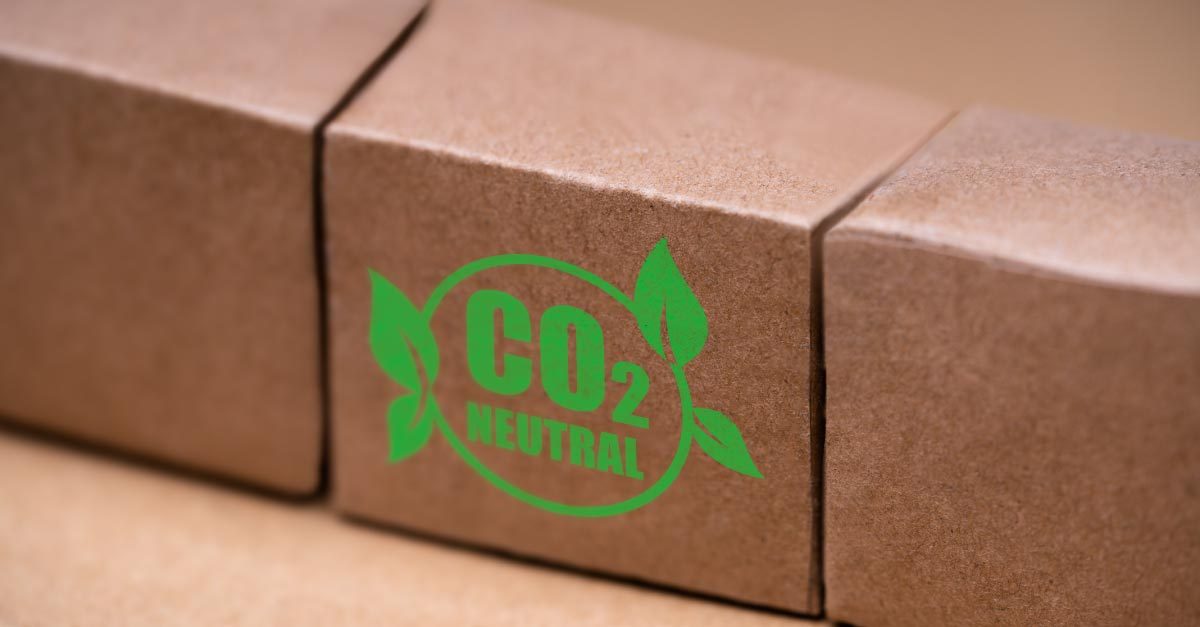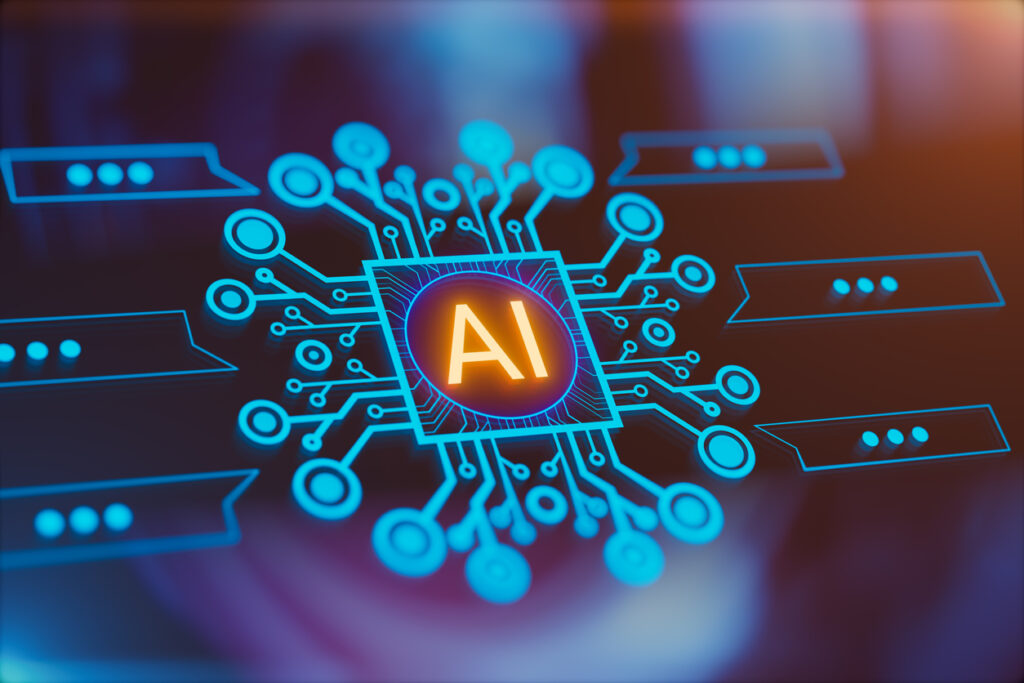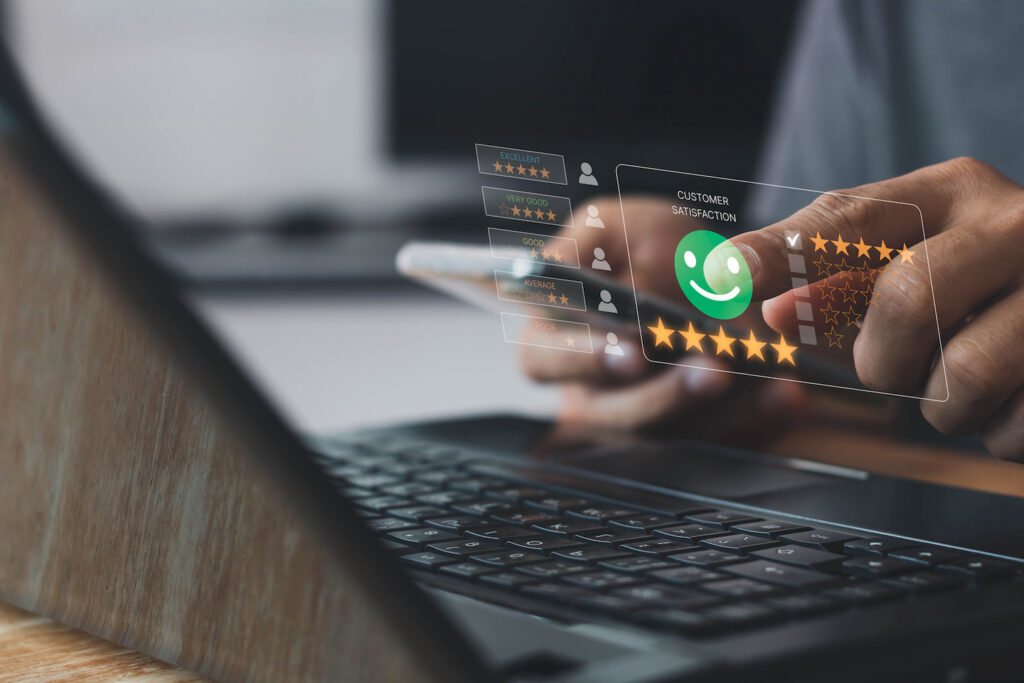What does it mean for a product to be carbon neutral? As the world shifts toward more sustainable practices, consumer insights can help promote adoption and feasibility.
Within manufacturing, companies are realizing the positive optics of a low-carbon footprint and the consequences of high-volume carbon emissions. To help create a more sustainable product, carbon neutral packaging can reduce a product’s overall carbon footprint.
What is carbon neutral packaging?
Carbon neutral packaging, also called climate or CO2 neutral, has a net-zero carbon footprint. This means carbon emissions related to its production have been calculated, likely reduced, then offset.
A carbon offset is a way to compensate for unavoidable emissions by funding an equivalent carbon dioxide saving elsewhere. Carbon offsetting projects include more than planting trees. Projects can provide wider benefits in addition to carbon reduction, such as biodiversity, education, jobs, food security, and health and well-being in many countries.
The reduction of carbon emissions within carbon neutral packaging also ties into the materials used. While raw materials often are cheaper to source than recycled materials, using recycled materials helps to break the linear “take-make-dispose” approach.
The more sustainable approach is a circular one:
- Production
- Distribution
- Consumption
- Re-use
- Recycle
As carbon neutrality evolves, producers, manufacturers, and distributors will continue collaborating and experimenting to trailblaze new solutions and decrease overall carbon emissions on an unprecedented scale.
For example, Dow, an industry leader in materials science and packaging, announced its plan to be carbon neutral by 2050.
How Dow is reducing its carbon emissions
Dow’s key priorities for achieving carbon neutrality include:
- Ensuring the products it sells to customers continue to be more sustainable than any alternative
- Advancing manufacturing operations
- Eliminating plastic waste
In a recent webinar, Dow addressed, “How do we get to carbon neutral packaging?”
Although Dow notes that the packaging footprint only accounts for 3-5% of total carbon emissions within manufacturing, it still recognizes its responsibility in getting this number to be as small as possible. To do this, Dow is collaborating with its peers, clients, and consumers. (See Dow’s award-winning work with Kashi on its Bear Naked Granola flexible package.)
Currently, most of Dow’s efforts revolve around recyclability and reducing the amount of raw materials needed for packaging materials. While using “less and better plastic” decreases Dow’s carbon footprint in the short term, the company also is investing in numerous projects that will move its business into the next generation of sustainability.
This includes Dow’s collaboration with Shell to develop electric cracking (e-cracking) technology.
The vast majority of Dow’s carbon emissions come from its cracking furnace technology. Today, most steam cracking furnaces rely on fossil fuel, making them CO2 intensive. Cracking furnaces are used in the production of olefins such as ethylene, which is an important high-volume building block for fibers, plastics, and other chemicals Dow produces.
This joint e-cracking program can help to accelerate the decarbonization of chemical plants operated by Dow and Shell.
For global companies, like Dow and Shell, carbon-abatement strategies have been discussed for many years. But how does the value of low-carbon solutions impact the entire value chain? … Moreover, end-users or everyday consumers?
Consumer insights to help promote adoption and feasibility
Undoubtedly, packaging manufacturers hold the lion’s share of responsibility for creating sustainable packaging. However, B2B purchasers and end-user consumers still hold power when choosing which products to buy and promote.
Nearly 70% of consumers in the U.S. and Canada think it is important that a brand is sustainable or eco-friendly, according to a recent study in Barron’s. Yet it can be challenging for companies to help customers understand a product’s carbon footprint or the company’s sustainability initiatives. For many buyers, understanding a company’s “journey to net zero” is critical.
With tens to hundreds of different products occupying the same space, product labeling may be key. Most people are eager to play their part in buying eco-friendly products, but manufacturers must be willing to communicate their policies so that a more informed choice can be made.
If companies want to cue their customers on their sustainability practices, describing efforts in marketing messages and on product labels is appropriate and impactful. Product labels can complement the packaging and offer a prime opportunity to connect with consumers.
Further, companies have started introducing carbon labels. These labels estimate a product’s environmental impact from cradle to grave as a carbon equivalent reflecting the CO2 emissions spent in its creation, transportation, use, and end of life. Unilever, the maker of Dove soap and Lipton teas, is adding carbon labels to its 70,000 products. L’Oreal will start using environmental labeling by 2030.
Another important insight to note is that products marketed as sustainable grew 5.6 times faster than those that were not.
Scaling sustainable packaging and product solutions seems less daunting when you can see cost savings and growth opportunities throughout the entire value chain.
For producers, we can help analyze your value chain. For CPG manufacturers, we offer product intelligence and consumer emotion intelligence solutions to support your sustainability strategies.
Stay tuned for more carbon neutral packaging insights.




